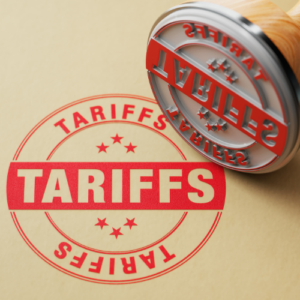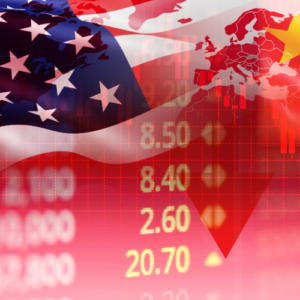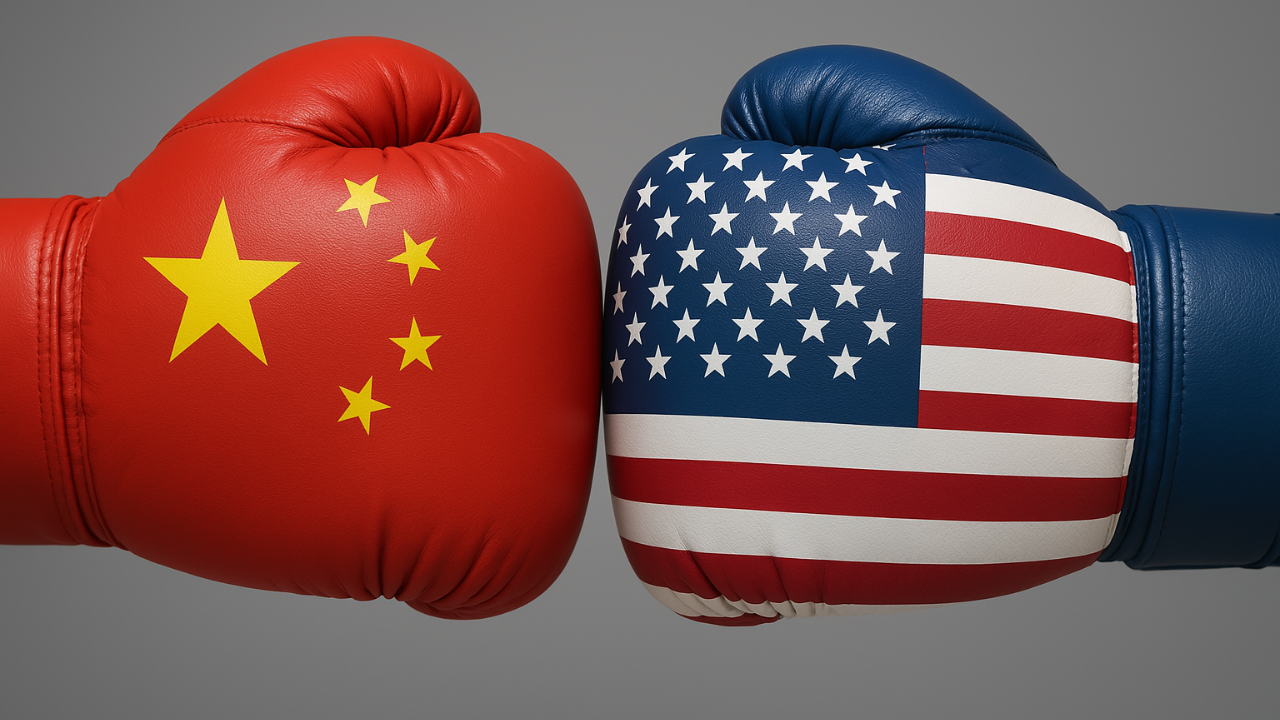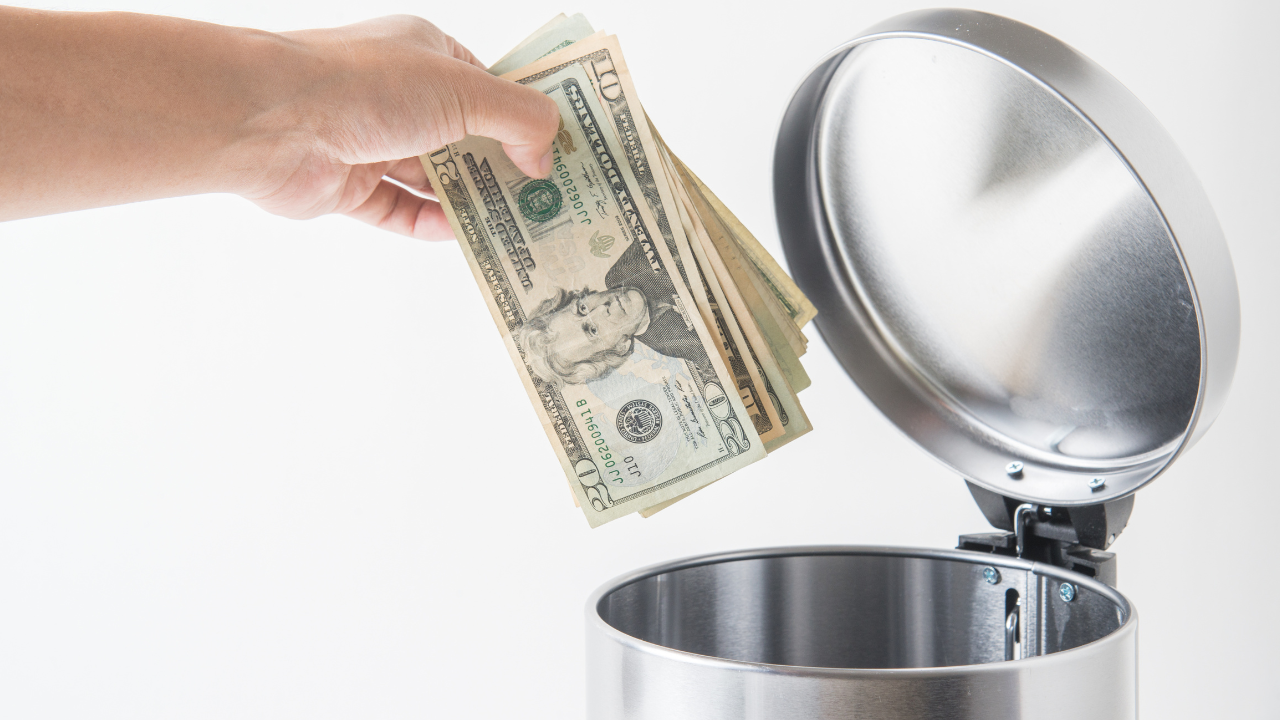If you listen to the news, Trump is weak, he’s caving to the pressure, he’s shooting from the hip, and he simply doesn’t know what he’s doing. All of this is coming from so-called professionals.
But what all of them are missing is the genius behind his moves. Trump’s tariffs in 2025 are a masterclass in economic protectionism, designed to reset global trade norms and reduce America’s dependency on adversarial economies.
 Here are ten bullet points highlighting the strategic brilliance behind Trump’s tariff policy and its impact on the ongoing US-China trade war:
Here are ten bullet points highlighting the strategic brilliance behind Trump’s tariff policy and its impact on the ongoing US-China trade war:Bait and Switch Strategy: Trump initiated broad tariffs to get global attention, then strategically paused tariffs on allies to make China the primary target, cleverly isolating them in a classic trade policy analysis maneuver.
Pressure Without Escalation: By pausing tariffs on others, he avoided a global trade war while keeping the spotlight and pressure squarely on China, intensifying the US-China trade war without triggering full-scale economic retaliation.
Leverage Through Uncertainty: The initial chaos of broad tariffs created global fear, but the selective easing showed controlled intent, giving the U.S. leverage without full economic fallout, a brilliant example of high-stakes tariff impact on the economy without collapse.
Economic Decoupling Momentum: The focus on China encouraged U.S. companies to rethink supply chains, sparking a long-term pivot away from Chinese dependency and toward American resilience, underscoring Trump’s vision for economic protectionism.
Diplomatic Positioning: Temporarily relieving allies signaled a willingness to negotiate, reinforcing diplomatic ties while keeping China isolated, a smart move within the larger trade policy analysis chess game.
Manufacturing Renaissance Signal: The move sent a strong message to American manufacturers about bringing jobs back home, boosting domestic confidence and setting the tone for a new era in Trump tariffs 2025.
Strategic Timing: Tariff escalations on China were timed to coincide with trade negotiation cycles, maximizing pressure during critical talks and demonstrating calculated mastery over international trade policy analysis.
Weaponized Unpredictability: Trump’s approach made the U.S. trade policy harder to game, forcing China into a reactive stance rather than a proactive one, a genius maneuver in the larger scope of global economic protectionism.
 Domestic Political Capital: Framing China as the unfair trader while going easier on allies helped Trump politically at home by protecting farmers and key industries, a move with strong tariff impact on economy, and especially on the working class.
Domestic Political Capital: Framing China as the unfair trader while going easier on allies helped Trump politically at home by protecting farmers and key industries, a move with strong tariff impact on economy, and especially on the working class.Resetting Trade Norms: The bold strategy challenged decades of “free trade at all costs” dogma, reigniting debates on fairness, reciprocity, and national security in U.S. trade policy, a classic masterstroke of modern trade policy analysis.
So, next time you hear the “professionals” shoot from their hips, you’ll know the truth behind the Trump tariff strategy. Love him or hate him, the man has reshaped how the world views American trade policy, and that might just be the most genius move of all.







